Tatarzy Podlasia - unikalna galeria
Ian Willms - ambitny, młody fotograf z Kanady odwiedził Podlasie w marcu 2016 roku. Na zlecenie New York Timesa fotografował życie współczesnych, polskich Tatarów. Już po kilku dniach na łamach amerykańskiej gazety ukazał się artykuł ale ... wykorzystano do niego zaledwie cząstkę tego co uwiecznił Ian. Tekst artykułu także pozostawiał wiele do życzenia o czym dość emocjonalnie pisałam TUTAJ. Prawa do zdjęć ma w tej chwili ich autor i za jego zgodą publikuję je na blogu Białystok subiektywnie. Jednocześnie pragnę serdecznie podziękować wszystkim osobom uwiecznionym na fotografiach. Państwa gościnność, otwartość oraz szczerość ujęły i zafascynowały Iana. Polscy Tatarzy to absolutnie unikalna grupa naszego społeczeństwa.Nie ma między nami różnic
Codzienność Polaków o korzeniach tatarskich nie różni się niczym od ludzi wyznających chrześcijaństwo. Uczą się, pracują, płacą podatki. Migrują, wychowują dzieci i debatują o polityce - ich rozterki na temat uchodźców są dokładnie takie same jak wszędzie nad Wisłą. Na pytanie czy czują się Polakami odpowiadają stanowczo, że nie czują się lecz są Polakami. W Białymstoku, Sokółce czy Suchowoli normą jest, że sąsiad, nauczyciel czy pani z poczty są Tatarami. Na zdjęciach zobaczycie zwyczajnych ludzi w typowych sytuacjach. Codzienna praca, wychowywanie dzieci i życie na Podlasiu. Dzień jak co dzień... I tylko skośne oczy i kruczoczarne oczy zdradzają, że ich dziadowie być może walczyli ... pod Grunwaldem?
Gdzie zrobiono zdjęcia?
Jako przewodnik Iana i Ryana miałam okazję widzieć ich pracę. Jednocześnie doświadczyłam niebywałej gościnności i głębiej poznałam społeczność podlaskich Tatarów. Żadne ze zdjęć nie jest pozowane, żadna sytuacja nie była aranżowana... Kruszyniany, Bohoniki, Sokółka, Białystok. Mufti, imam, członkowie społeczności. Wnętrza domów, meczetów, muzeów i podlaska przyroda tak jak to widział Ian Willms. Więcej o artykule w New York Times przeczytacie TUTAJ.
Dlaczego podlascy Tatarzy są fascynujący?
Być może dla nas odpowiedź na to pytanie nie jest oczywista. Dla Ryana Schueslera, odkrywającego nieznane mniejszości religijne na całym świecie, sprawa jest warta szczególnej uwagi. Podlascy muzułmanie zadziwiają swoim jednoznacznym przywiązaniem do Polski, nieugiętą postawą wobec wpływów arabskich, brakiem jakichkolwiek powiązań z ekstremistami. Skąd ta niezłomna wierność? Dlaczego żadne pieniądze nie podkopują tatarskiego patriotyzmu? Odpowiedź nasuwa się sama...
Tatarzy Podlasia. Codzienność bez lukru
Imam pracuje w banku, Dżemil pod koniec sezonu turystycznego traci głos, Dzenneta oprócz tego, że prowadzi znaną restaurację ma trzy psy, Mufti studiował w Syrii, pan Maciej prowadzi agroturystykę a pani Gienia pracowała przez 30 lat i dziś jest na emeryturze. W jednej z rodzin ostatnio zmarł młody mężczyzna...Spotykają się kilka razy do roku w Bohonikach lub Kruszynianach, starają się pielęgnować zwyczaje i wychowywać dzieci w wierze przodków. Zwyczajne życie.


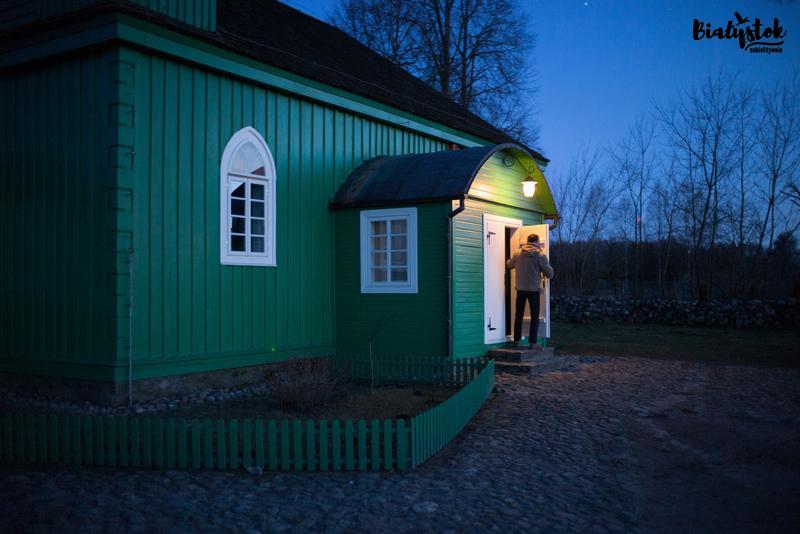
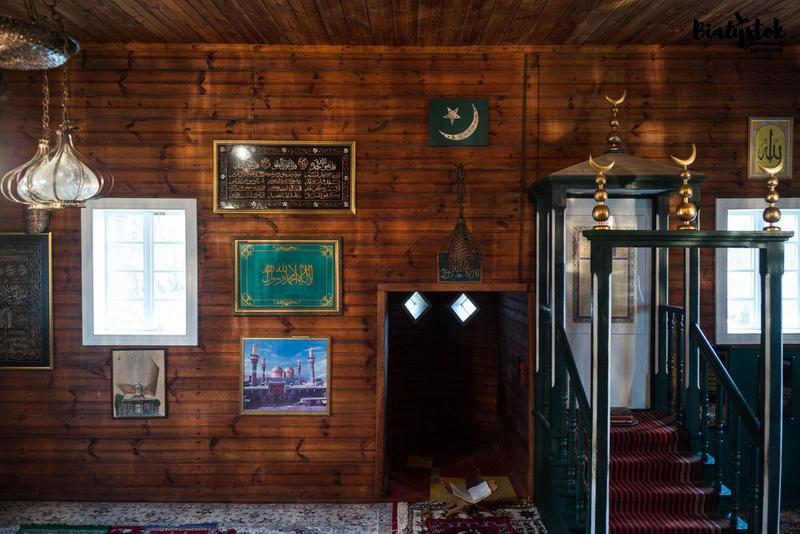
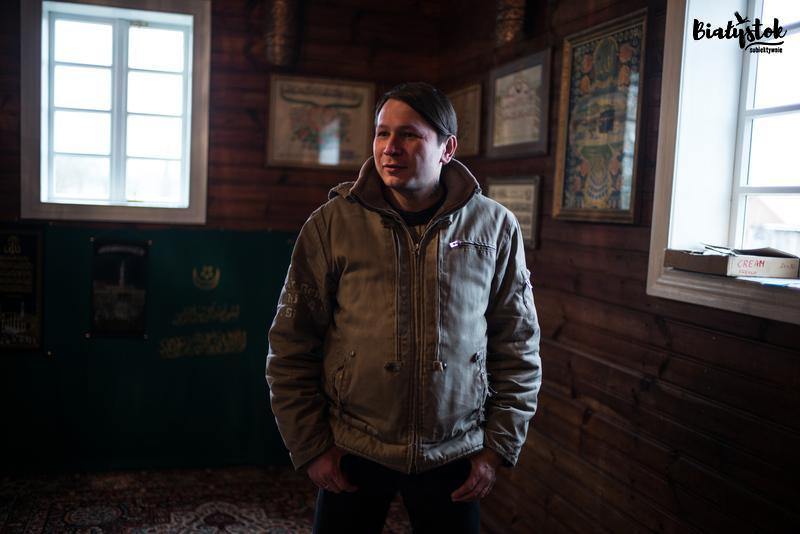
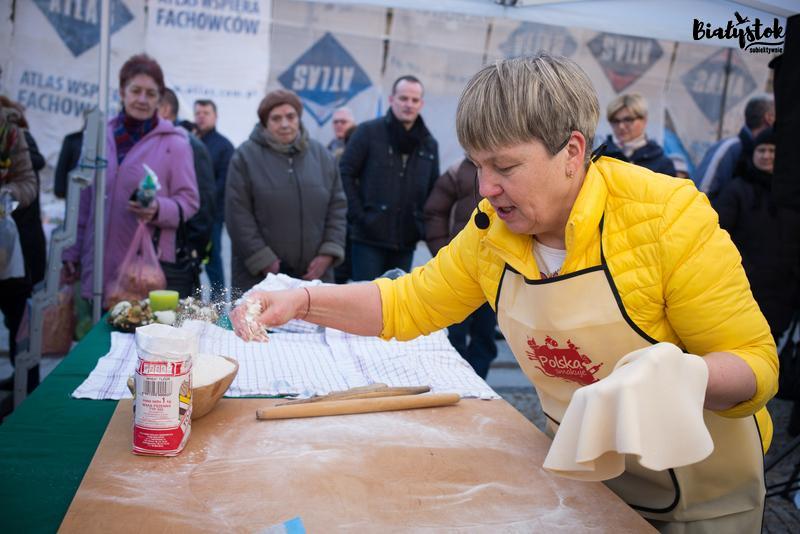
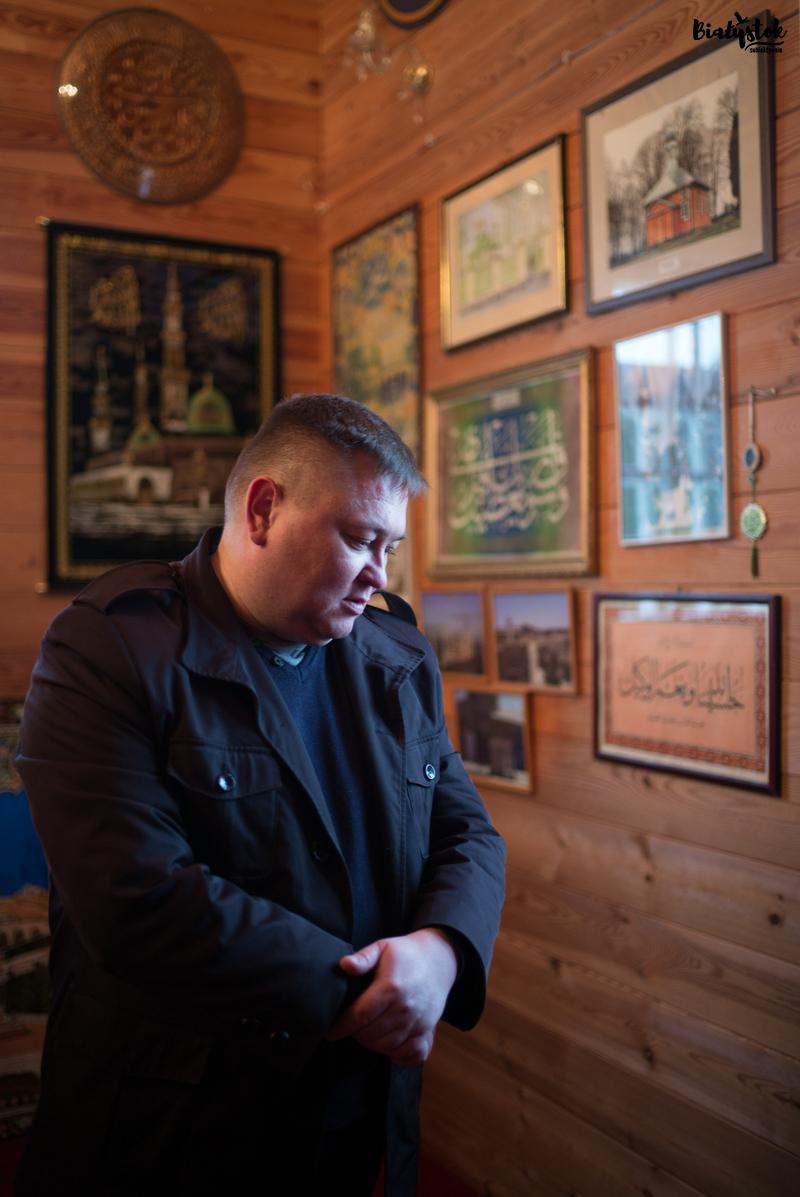
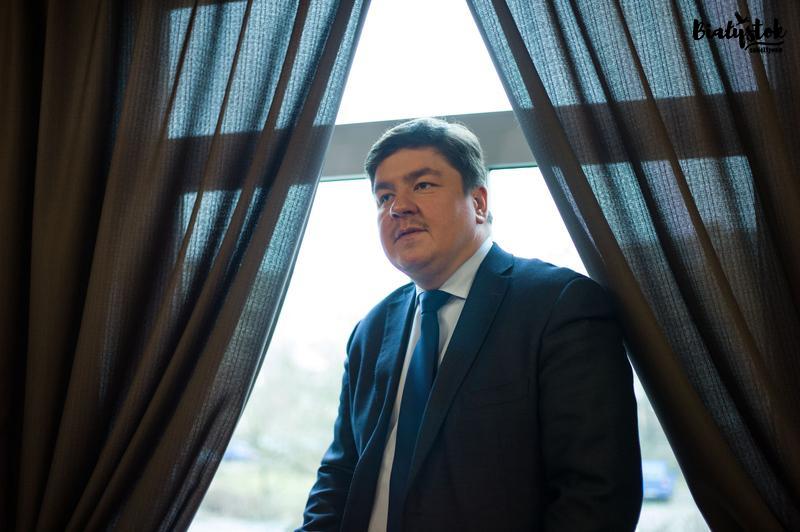
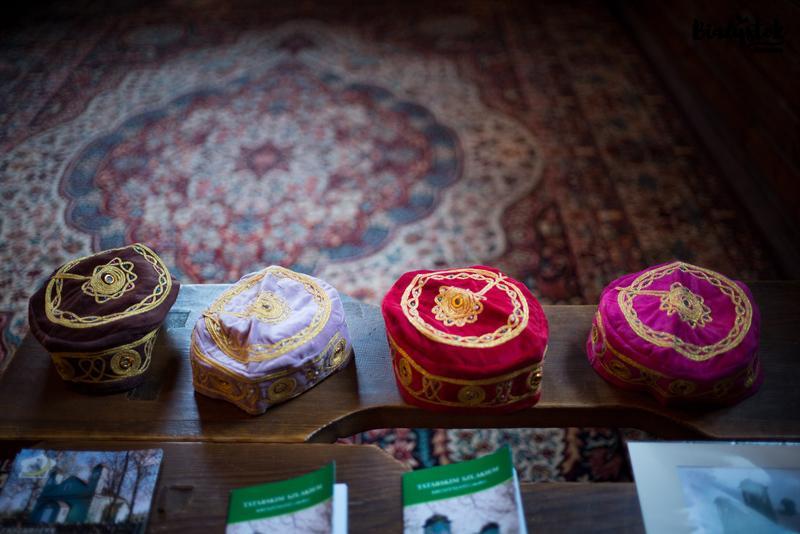
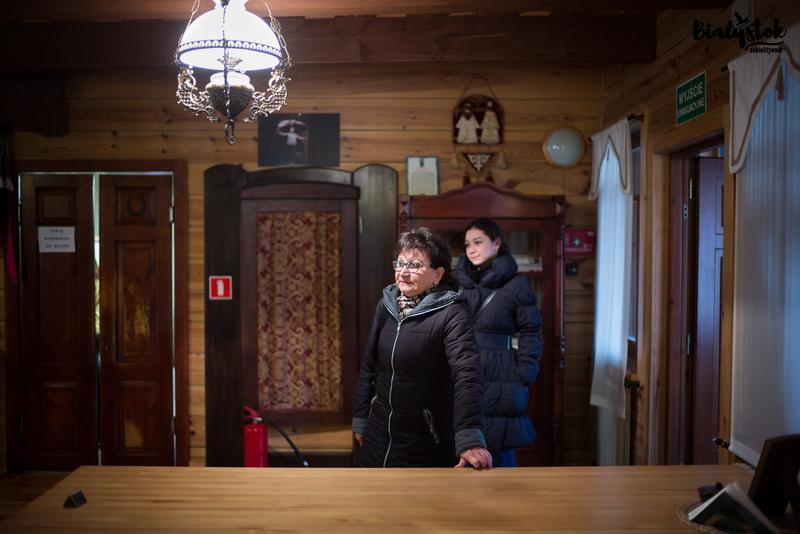
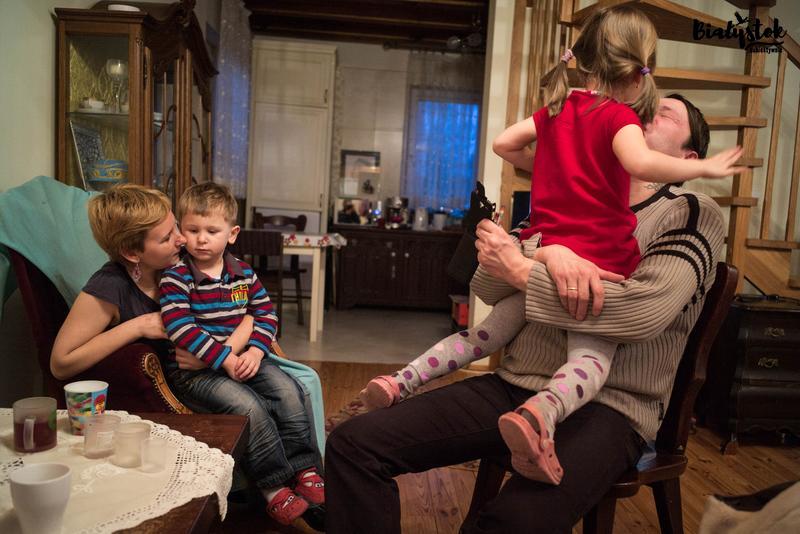
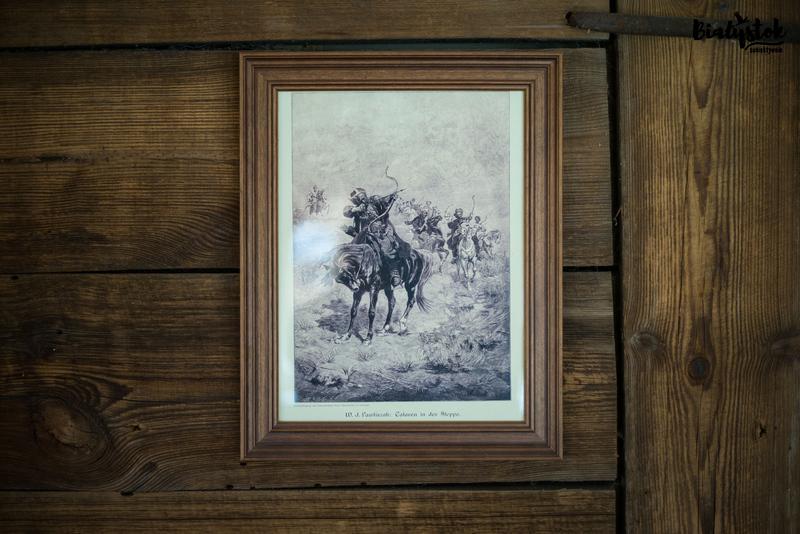

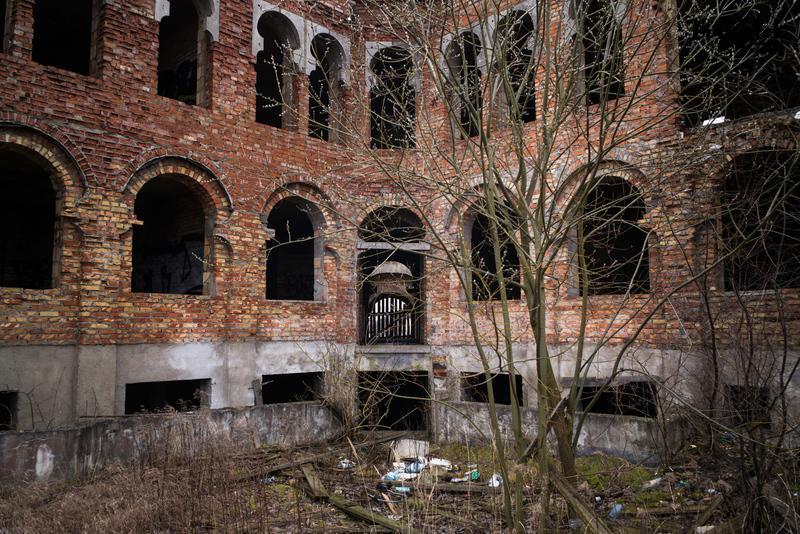
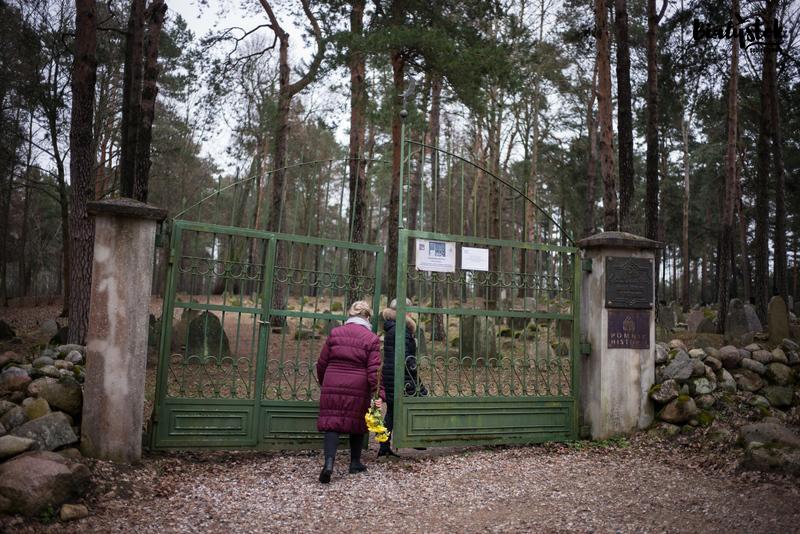

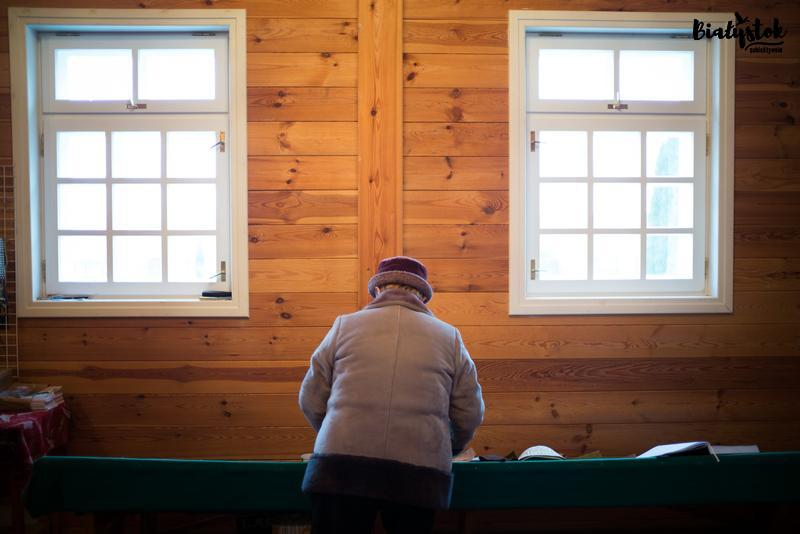
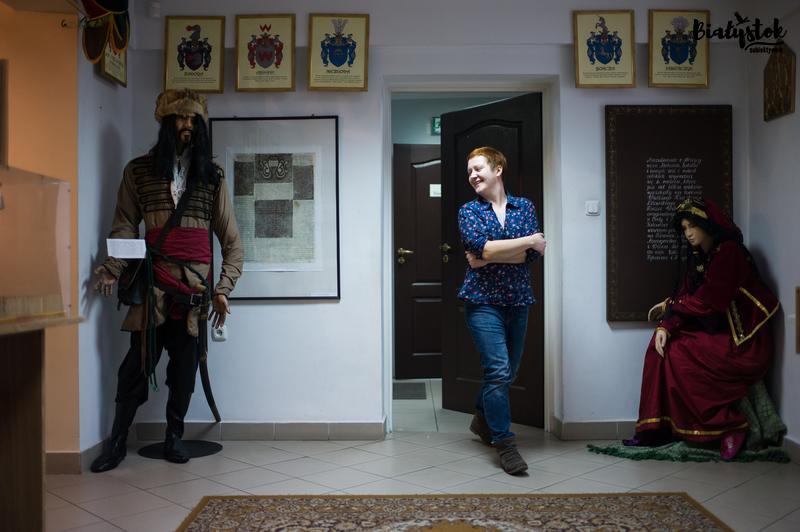
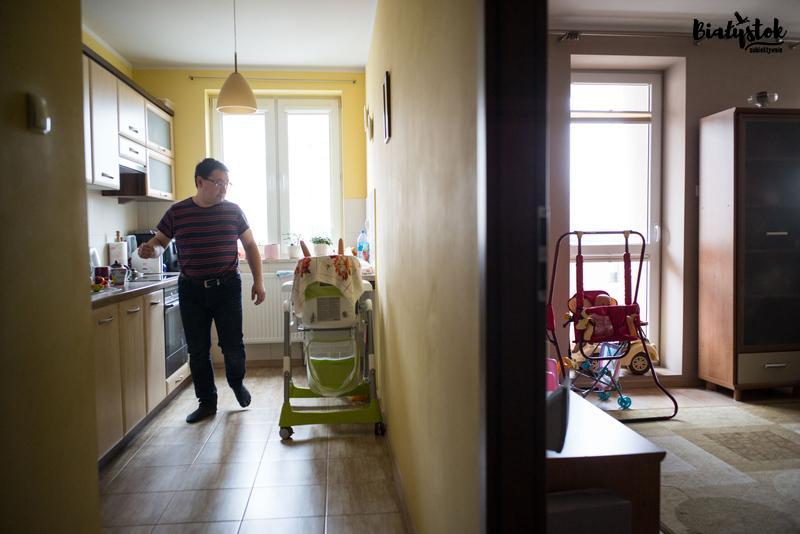
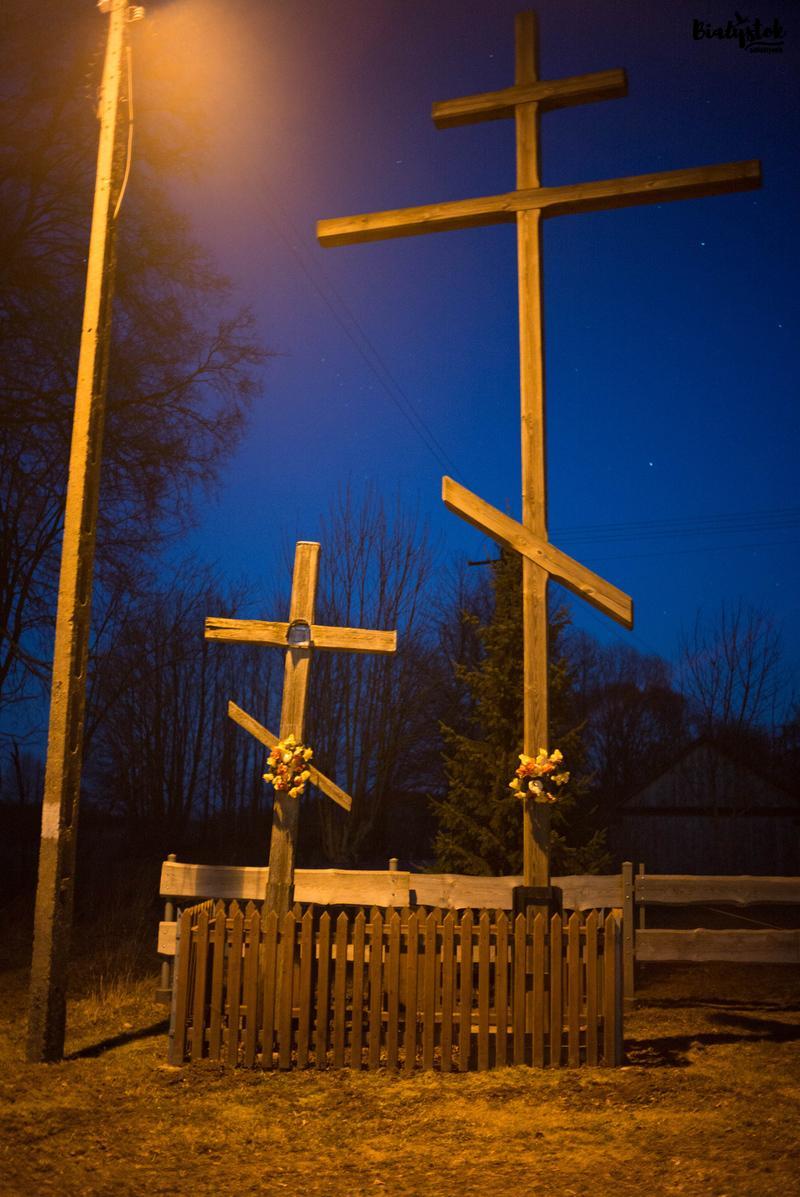
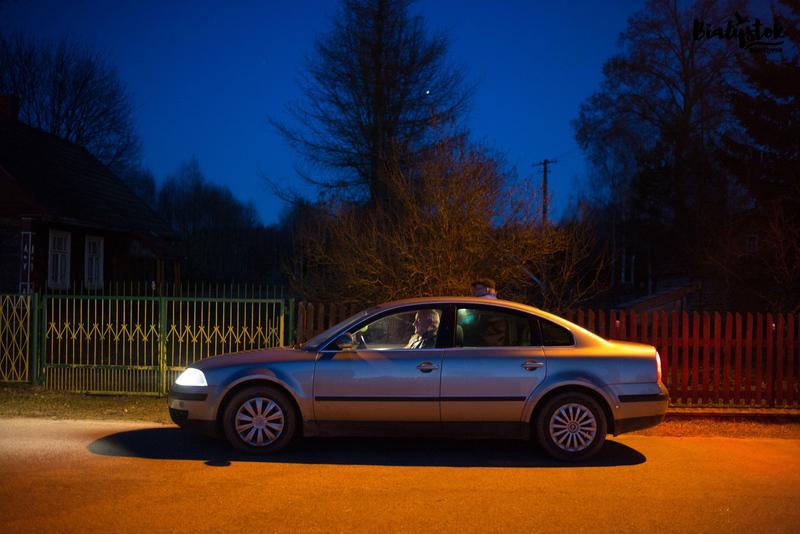
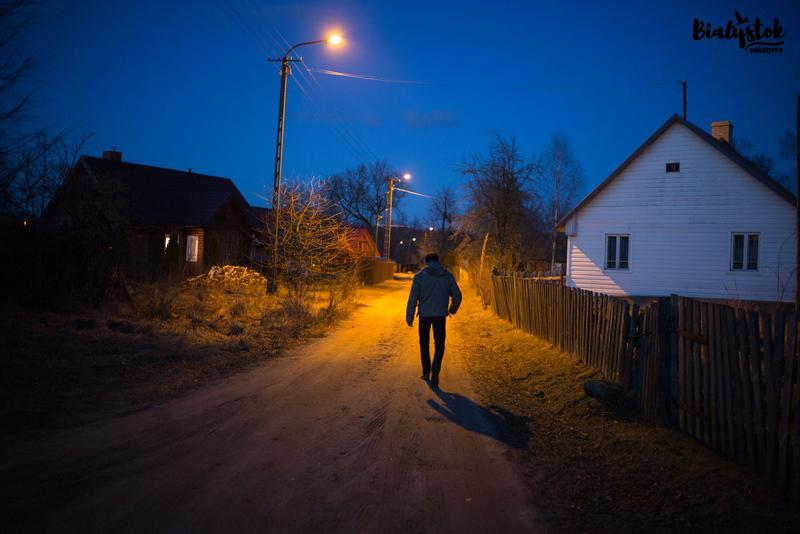
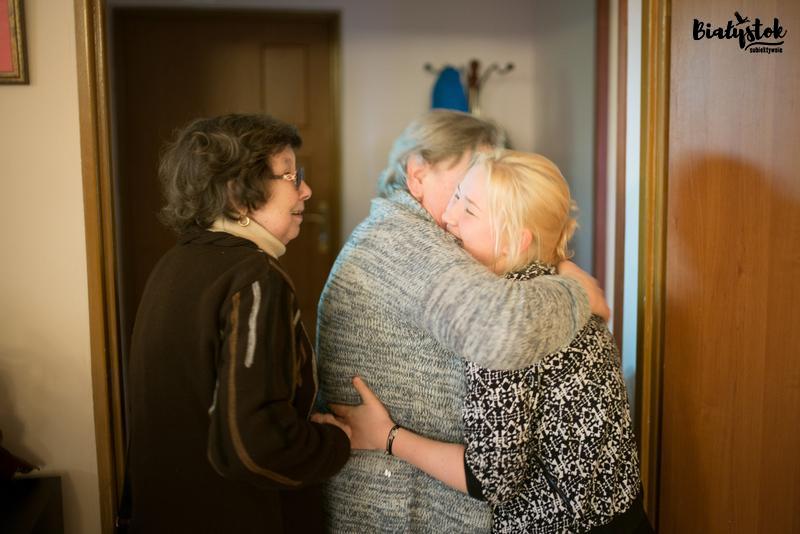



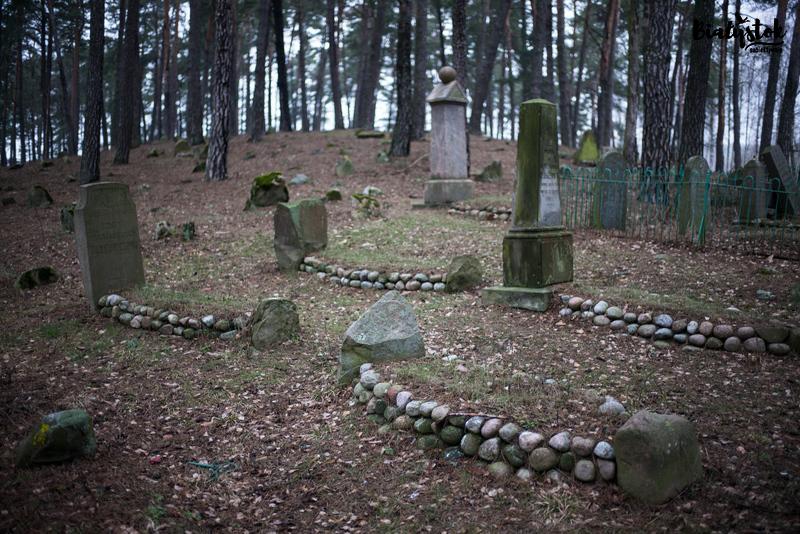

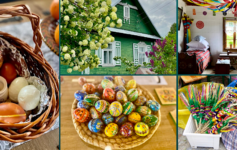
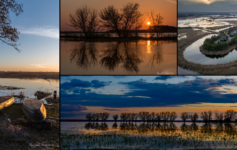
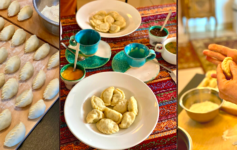

https://www.facebook.com/media/set/?set=a.531195663730290.1073741865.100005195832480&type=1&l=9993c550eb